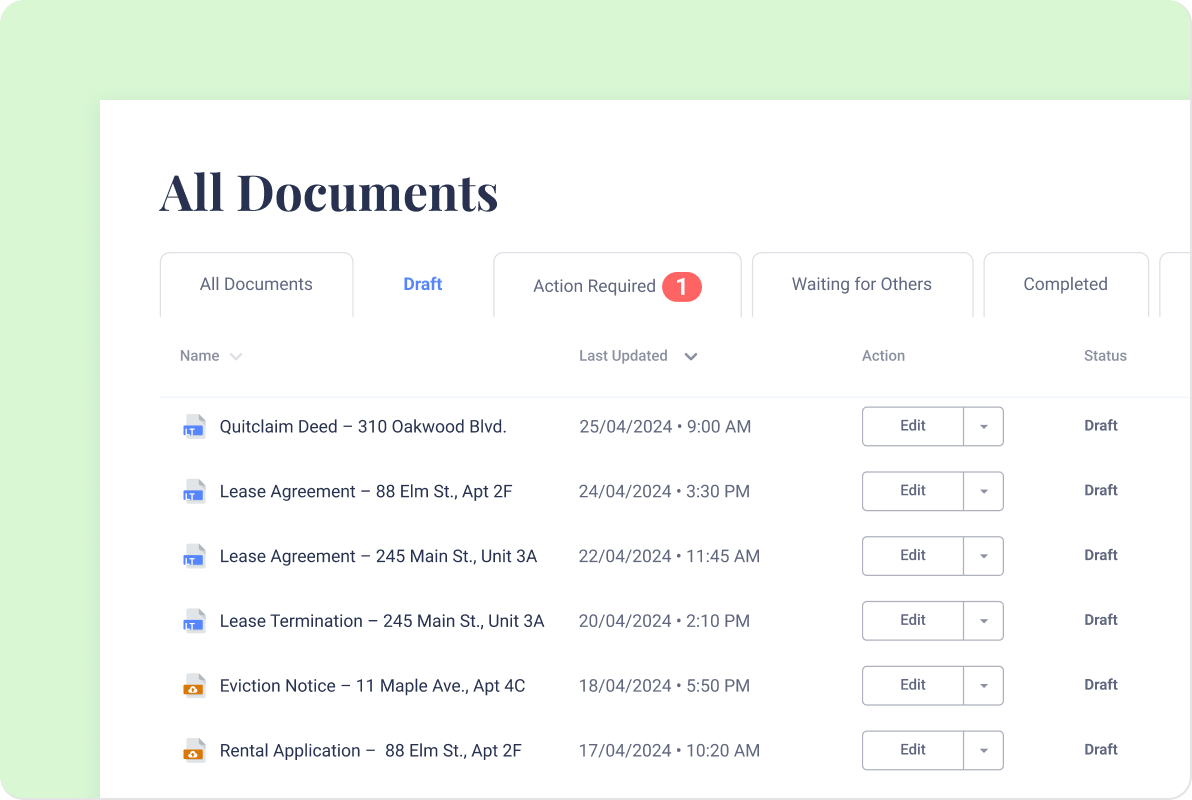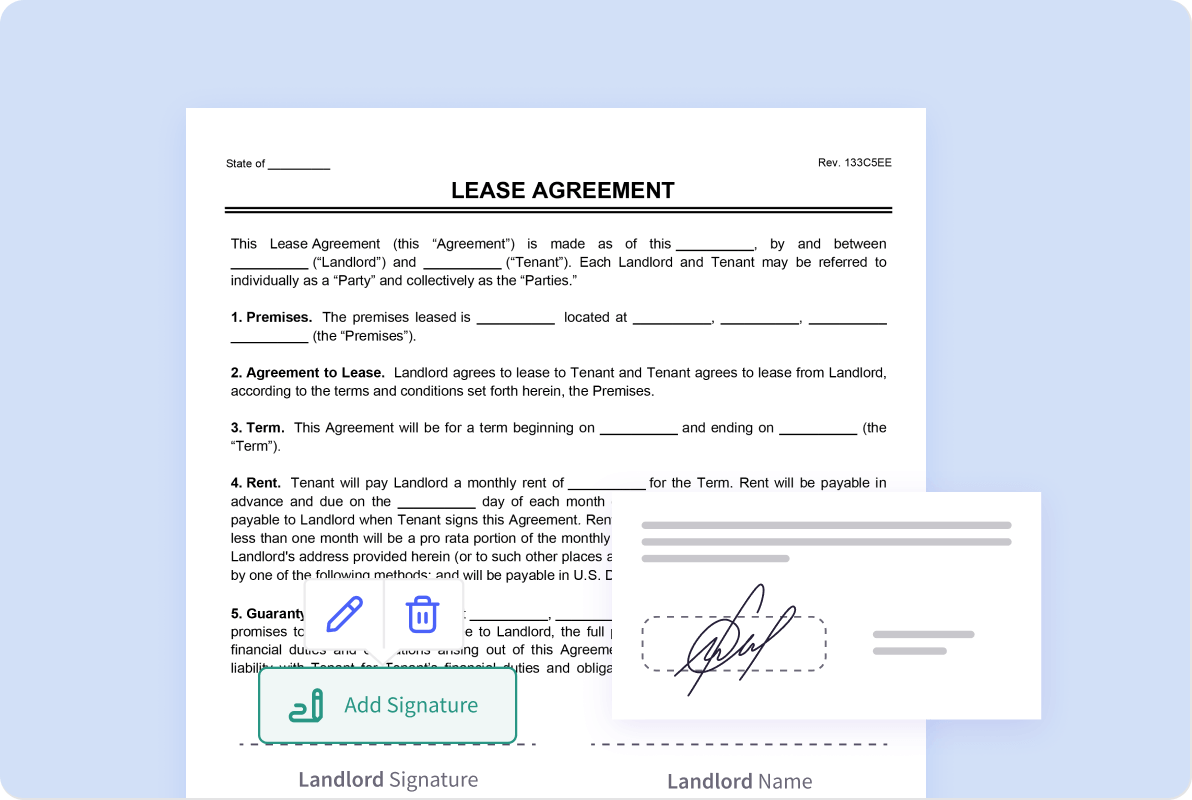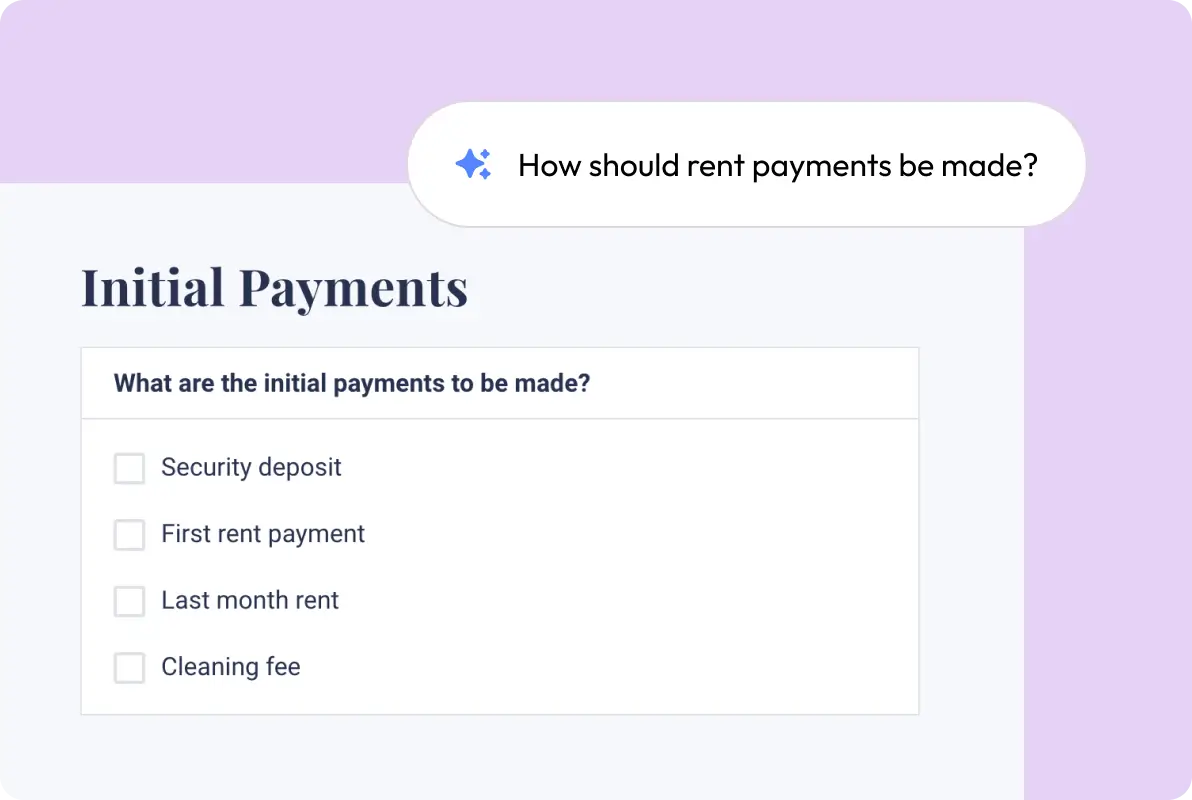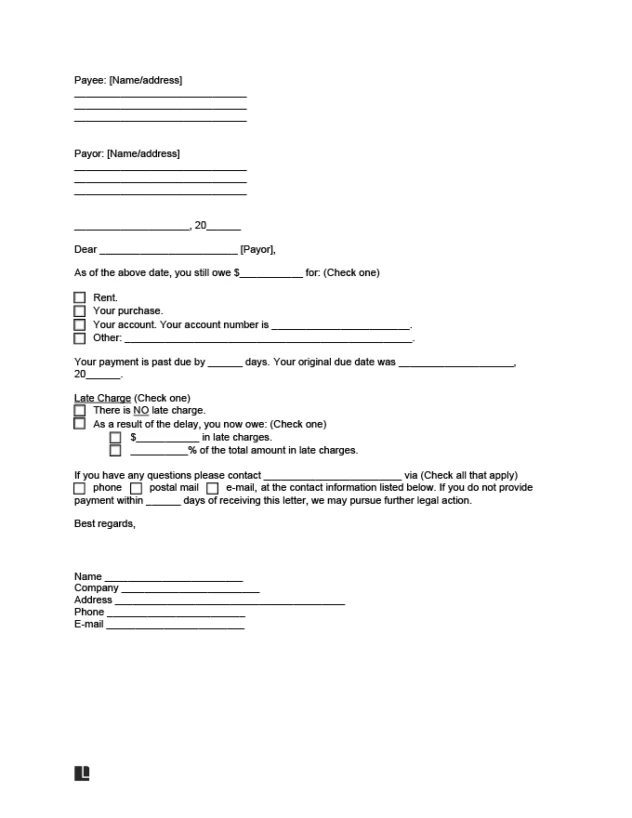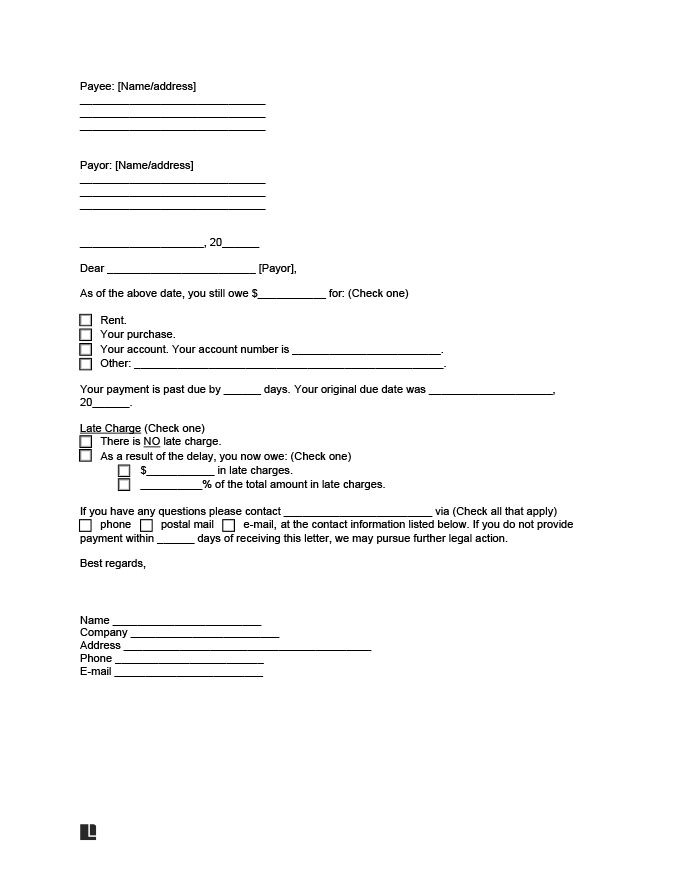What Is a Demand for Payment Letter?
A demand for payment letter is a formal notice sent to someone who owes you money. It lays out the details of the unpaid debt and clearly asks for payment by a specific deadline.
Using a demand letter shows that you’re serious about collecting what’s owed. It also creates a paper trail if you later decide to take legal action.
Why and When to Use a Payment Demand Letter
You might send a demand for payment letter if:
- A customer hasn’t paid an invoice or tells you they will not honor a contract
- Someone hasn’t repaid a personal loan
- You completed a project or provided services, but haven’t received payment
- You’re trying to recover money before escalating to court
A well-written letter often encourages the other party to pay you without further disputes.
How to Write a Demand Letter for Payment
When writing a demand for payment letter, your goal is to clearly lay out what’s owed, why, and what will happen if it’s not paid. A well-structured letter can help resolve the issue without going to court.
Use the template structure below to ensure you include all the essential details.
1. Include the Payee’s and Payor’s Information
At the top of your letter, list:
- Your name and address (the payee—person or business owed the money).
- The payor’s name and address (the person or business who owes the money).
This helps ensure there’s no confusion about who is involved.
2. Add the Date
Include the current date below the addresses. This will become part of the official record showing when you requested payment.
3. Clearly State the Amount Owed and the Reason
In the body of the letter, you should say:
“As of the above date, you still owe $____ for ____.”
Use exact figures and describe what the payment was for, such as “graphic design services completed on June 15, 2025.”
4. State How Overdue the Payment Is
Add how many days the payment is past due and what the original due date was.
Example: “Your payment is past due by 45 days. Your original due date was May 20, 2025.”
5. List Any Late Charges
If your agreement included late fees or interest for non-payment, calculate and include them so the payor knows the full total.
Example: “As a result of the delay, you now owe $150 in late charges.”
6. Set Expectations for Payment
Tell them exactly how long they have to pay.
Example: “If you do not provide payment within 14 days of receiving this letter, we may pursue further legal action.”
This shows you’re serious, while still giving them a final chance to settle.
7. Provide Your Contact Details for Questions
Invite the payor to reach out with questions. This keeps communication open and shows you’re willing to work toward a resolution.
8. Sign Off Professionally
End with a courteous closing like “Best regards,” followed by your signature, printed name, and full contact information:
- Address
- Phone number

